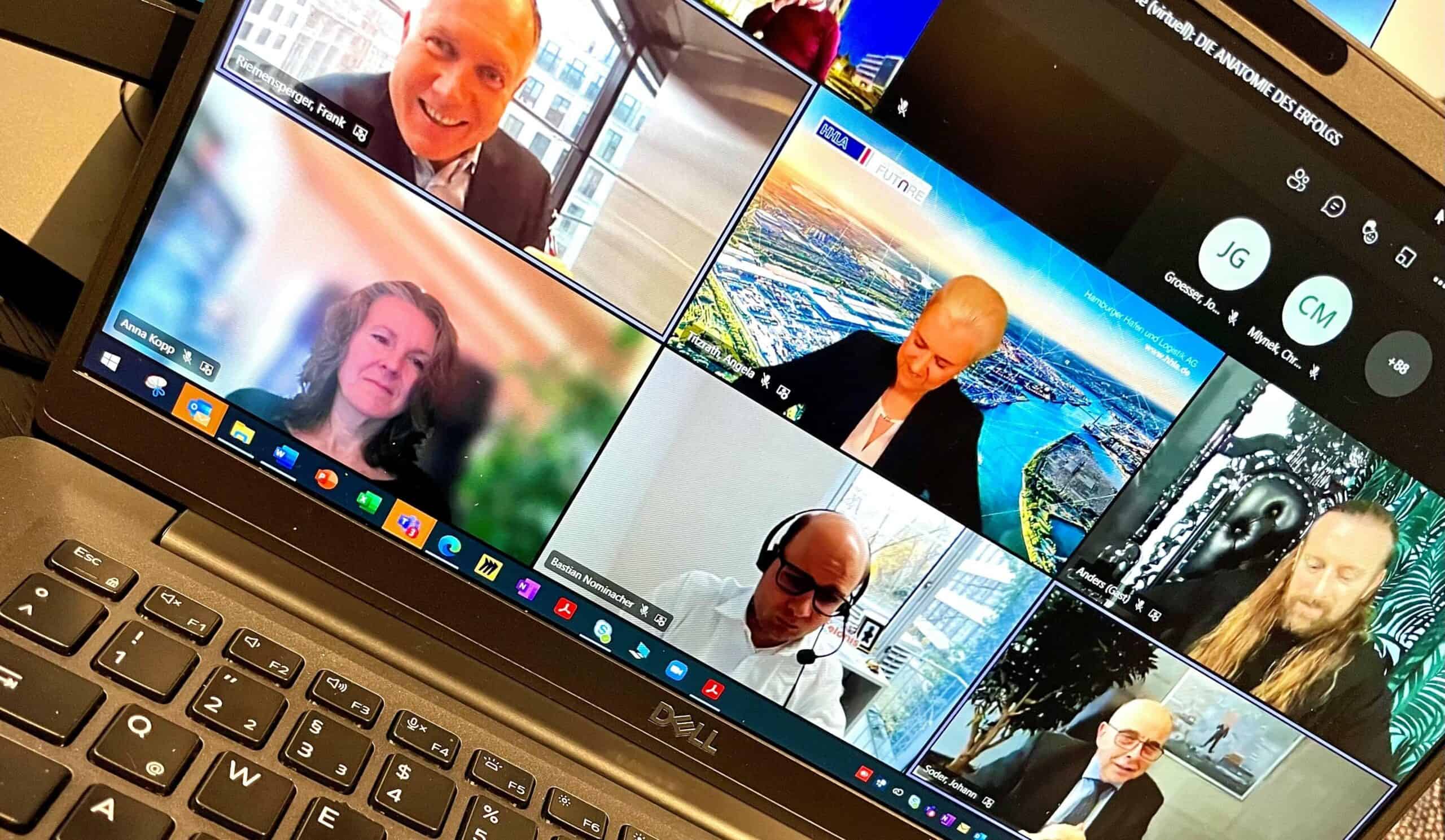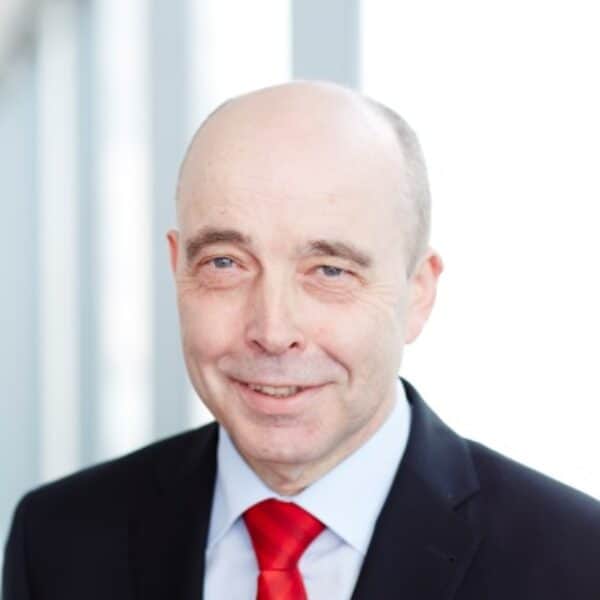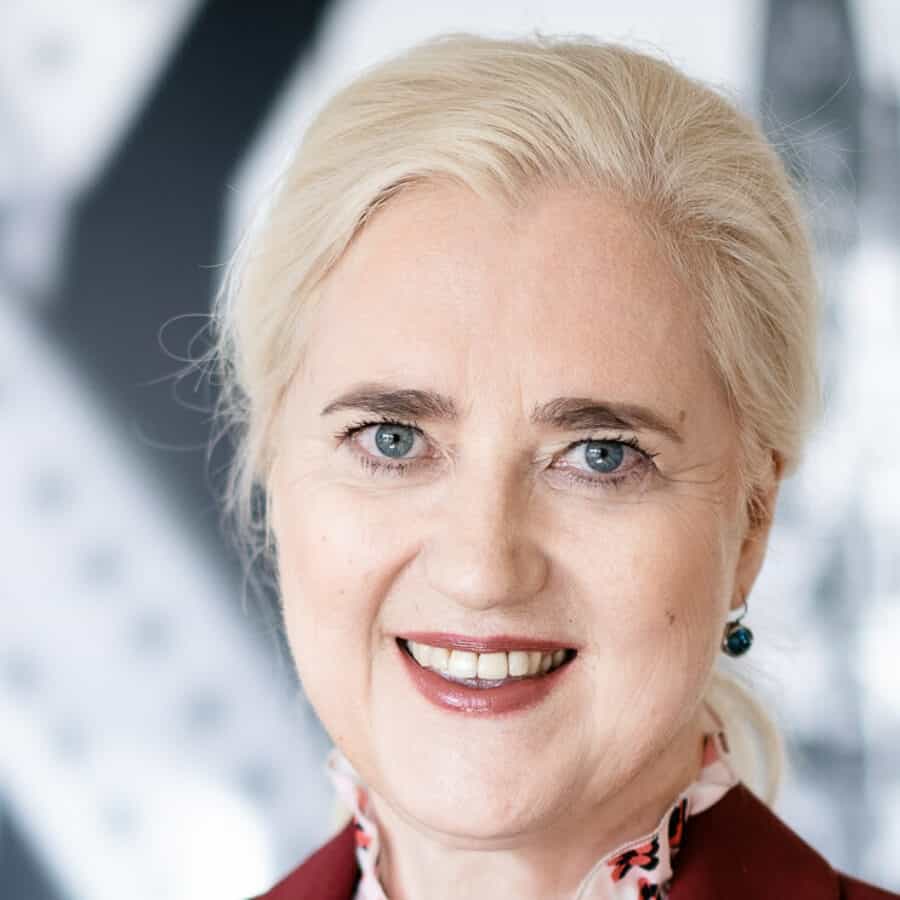
The Anatomy of Success – What Distinguishes High-Performers
Discussion at the Staufen BestPractice Day 2021 Roundtable
Digitalization, decarbonization, Corona pandemic – companies are currently facing some of the greatest challenges in recent economic history. People are no longer asking whether a fundamental transformation is necessary; the question is rather how quickly and sustainably the changes to suit the ever-changing requirements of the transformation can be made.
And which changes will reliably lead companies into a successful future? In the past week, business philosopher Anders Indset; Anna Kopp, Director IT Germany, Microsoft; Bastian Nominacher, Co-Founder & Co-CEO, Celonis; Johann Soder, COO, SEW Eurodrive, and Angela Titzrath, CEO, HHLA Hamburger Hafen und Logistik AG discussed precisely these questions.
The roundtable was actually supposed to be a central component of the BestPractice Day 2021. However, due to the increasing number of coronavirus cases, Staufen AG decided to postpone the congress until summer 2022. In order to maintain the BestPractice Day spirit on the originally planned event day, moderator Frank Riemensperger, Senior Managing Director at Accenture, organized a conference with Teams on November 23, which the more than 100 attendees followed spellbound for over an hour.
“It was worthwhile, for anyone who dares to think for the long term and about new things must start today” twittered Riemensperger (@RiemenspergerF) after the event. For anyone who could not be there, here are the most important statements about the core question “What do high performers do differently?”

1. Courage to change
In particular, they had the will and the courage to tackle changes earlier than most other companies, instead of resting on their laurels: “All of us have to regard change as a natural development,” said SEW-COO Johann Soder. “Creating something new requires the creative destruction of the status quo.”
“Creating something new requires the creative destruction of the status quo.”
Johann Soder, COO, SEW-EURODRIVE GmbH & Co. KG

2. Clear vision for the future
But change is not an end in itself: “It’s important to have a clear vision,” explained Celonis founder Bastian Nominacher. When the focus is on long-term goals, high performers see with a “blinding clarity” where the changes will take the company and what needs to happen in daily business to realize this vision.

3. People are the guarantee of success
“The employees are the most important,” continues Celonis CEO Nominacher. High performers create a culture that relies on the ability to inspire employees. “Change is a journey on which all employees must understand where they are going and what the common goal is,” explained business philosopher Anders Indset.
“Change is a journey on which all employees must understand where they are going and what the common goal is.”
Anders Indset, Economic philosopher and Management Pioneer

The task of leadership is to inspire people for this journey so they will actively participate in the transformation. SEW-COO Soder: “At every company, there are employees with very deep knowledge. The goal is to exploit this potential in order to create new things together.”
A culture of change also includes crystal-clear principles to which a company must adhere, continues Anna Kopp of Microsoft Germany: “The principles must be formulated so that all the employees everywhere in the world are working according to uniform guidelines.”
4. Creating ecosystems
And what does the future hold? The unbelievable speed of transformation does not allow high performers to rest on their laurels: “Development is a process, a continuum, and there is no starting or ending point,” says HHLA-CEO Angela Titzrath. In the future, high performers will have to create ecosystems and adaptable value chains. But networking on interdisciplinary teams, advancing technology, and focusing on customers’ needs will also be crucial. In the interest of long-term transformation, companies will have to keep an eye on future generations. “That’s the reason why with everything we do, we have to check whether it is fit for future generations,” continues Angela Titzrath.
“Development is a process, a continuum, and there is no starting or ending point.”
Angela Titzrath, CEO, HHLA Hamburger Hafen und Logistik AG

Conclusion
Moderator Frank Riemensperger summarized the quintessence of the roundtable this way: “We need courage for creative destruction, we have to rethink and act, and especially inspire people to come along on the journey. The point is to transcend boundaries – across companies, industries, and nations.”
